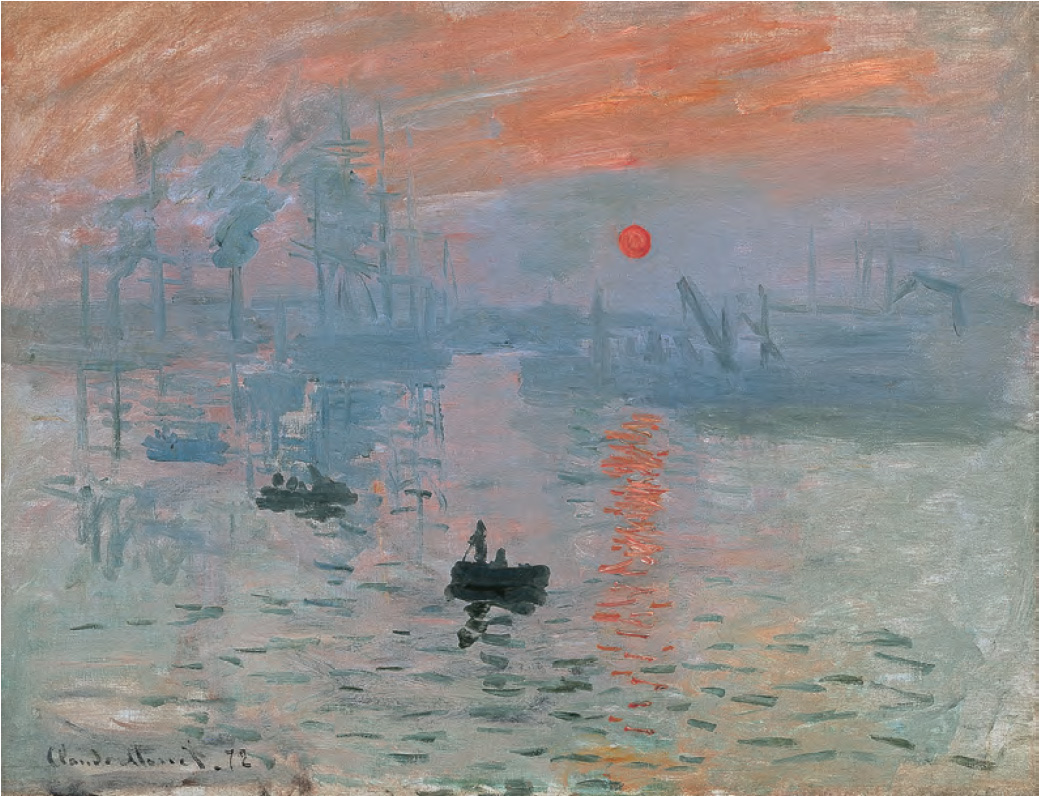
How we got Impressionism's first show into The Art Museum
It closed over 140 years ago but our new museum-in-a-book restages this seminal Parisian painting show
We can’t all get to the big, important art exhibitions. There’s never enough time, nor air miles, and besides, some of the most influential shows closed long ago. Take, for example the small, relatively obscure 1874 exhibition in a private studio in Paris that gave rise to the art movement known as impressionism.
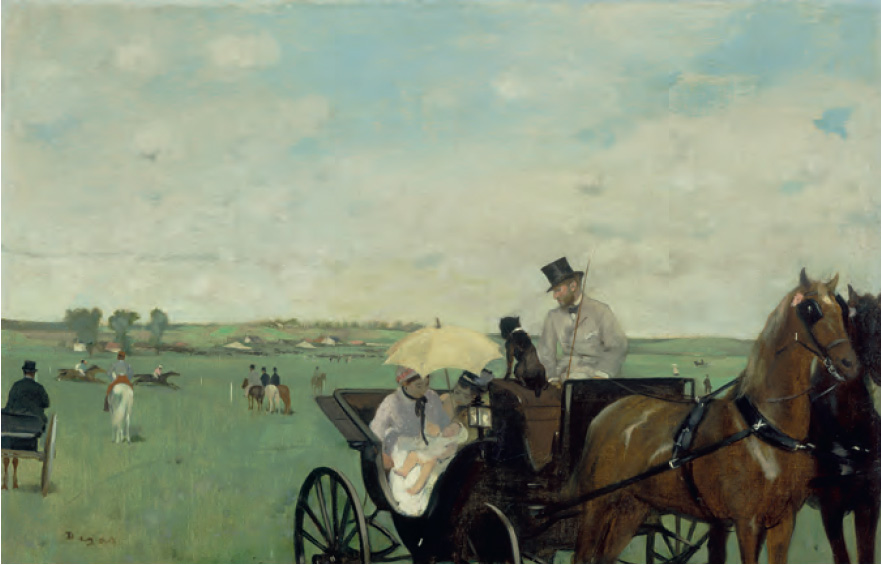
Though derided at the time, these influential works are now highly prized but are dispersed in different museums and collections around the world. However, we have brought them together again in our newly revised edition of The Art Museum, the most comprehensive and compelling art collection ever brought together between two covers.
The Art Museum has got it all, from prehistoric works through to present-day masterpieces, all arranged in a series of museum-style rooms; it features over 1,600 artworks created with the expertise of 28 art world curators and historians.
Here’s how they introduce room 291 Impressionism: The First Exhibition, in the museum’s Art of the Nineteenth Century wing.
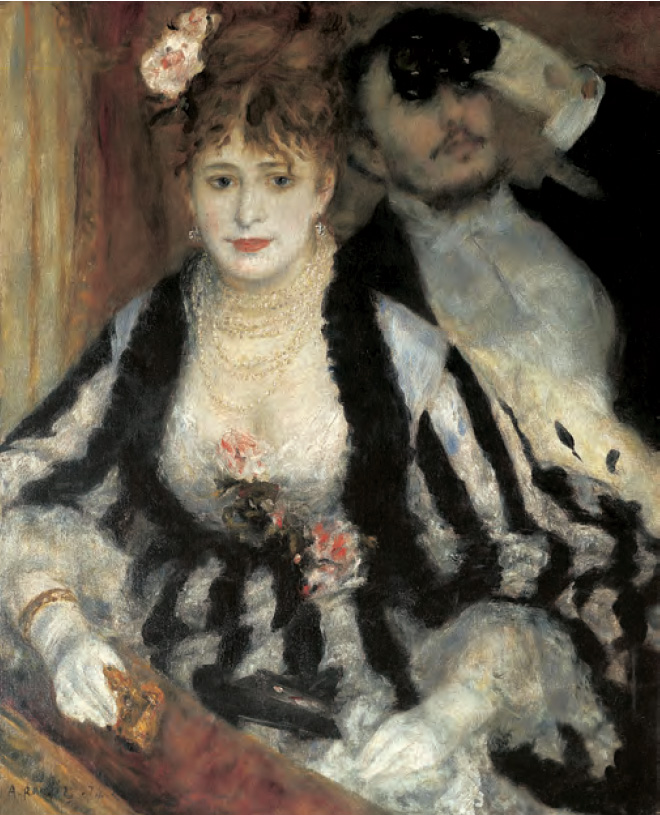
“In April 1874, a group of artists calling themselves the Société Anonyme des artistes, peintres, sculpteurs, graveurs, etc. showed their work at 35 boulevard des Capucines, in the former studio of the photographer Felix Nadar,” explains the book. “Although many of those involved have been forgotten, a core group was identified in the critical press of the time and became better known as the Impressionists.
“The artists participating in the 1874 exhibition sought to escape the hierarchy and restrictions imposed by the juried annual Salon, where their paintings were frequently rejected. Exhibiting artists were branded ‘Intransigents’ for their rejection of the officially sanctioned Salon, and thus linked with political radicals, but the label ‘Impressionist’ became the term most consistently associated with their efforts, which many condemned for their sketch-like finish. The term was first used, in a derogatory sense, by the critic Louis Leroy, who produced a scathing review in the form of a satirical dialogue with a conservative landscape painter who tours the Société Anonyme’s exhibition.
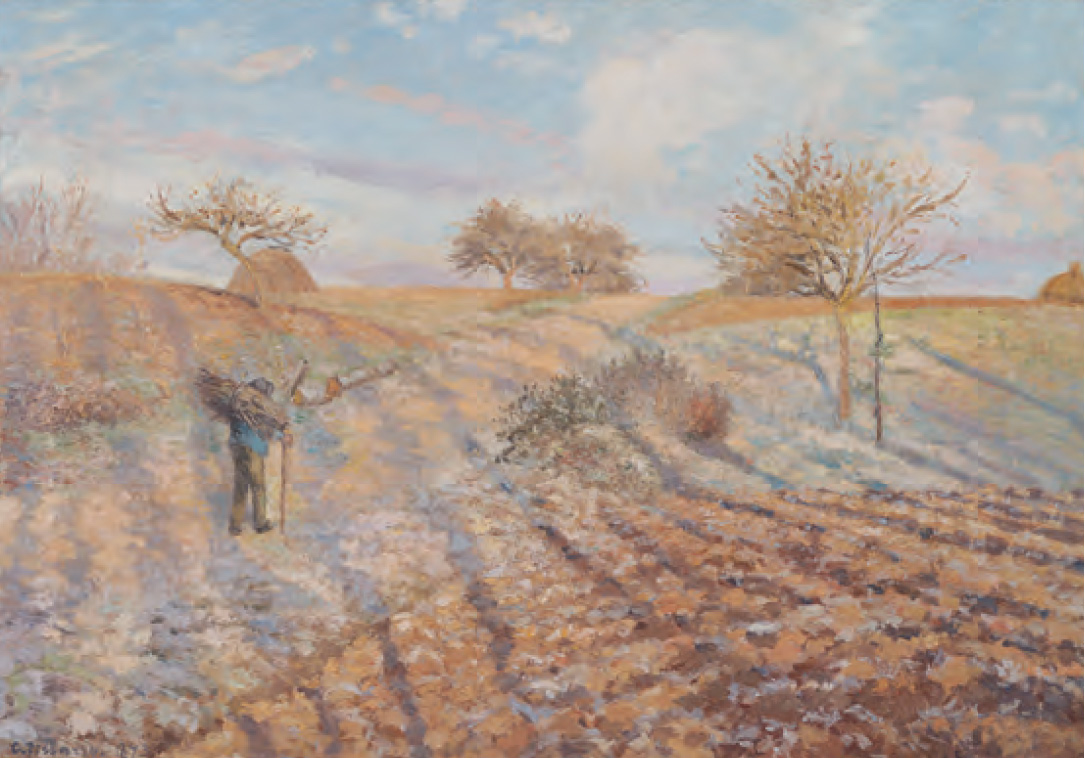
“Leroy singled out paintings by Camille Pissarro and Claude Monet for special vitriol, describing Pissarro’s Hoarfrost as having no top, bottom, front or back, and demanding to know the meaning of the ‘innumerable black tongue lickings’ all over Monet’s Boulevard des Capucines.
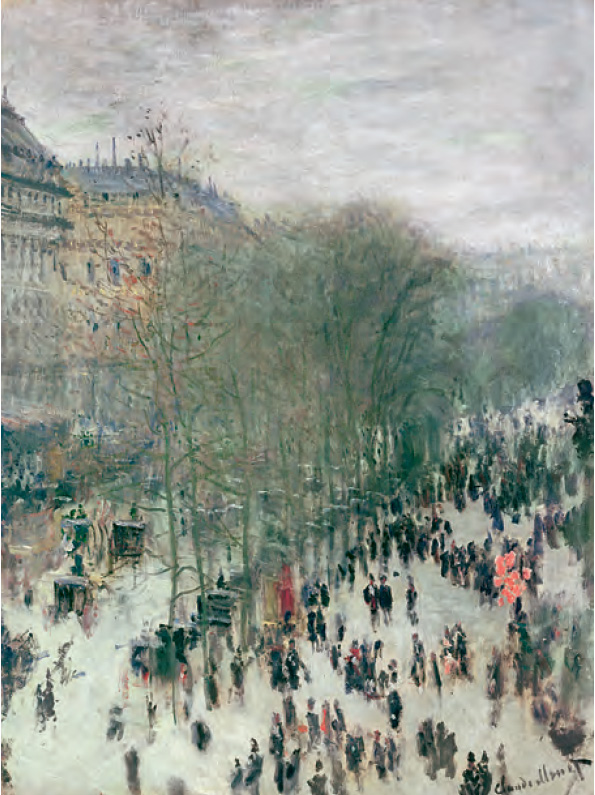
"Jules Castagnary, who had supported Manet’s work in the previous decade, published a more favourable review, in which he too used the term Impressionism, describing the artists as ‘Impressionists in the sense that they render not a landscape but the sensation produced by the landscape.’ Although the term Impressionism seems to point to a unified pictorial philosophy, the diversity of paintings shown in the 1874 exhibition was wide. This inaugural exhibition was the first of eight such declarations of independence from the hierarchical, conservative jury system that were held over the next twelve years, yielding some of the most innovative and daring canvases painted in the nineteenth century.”
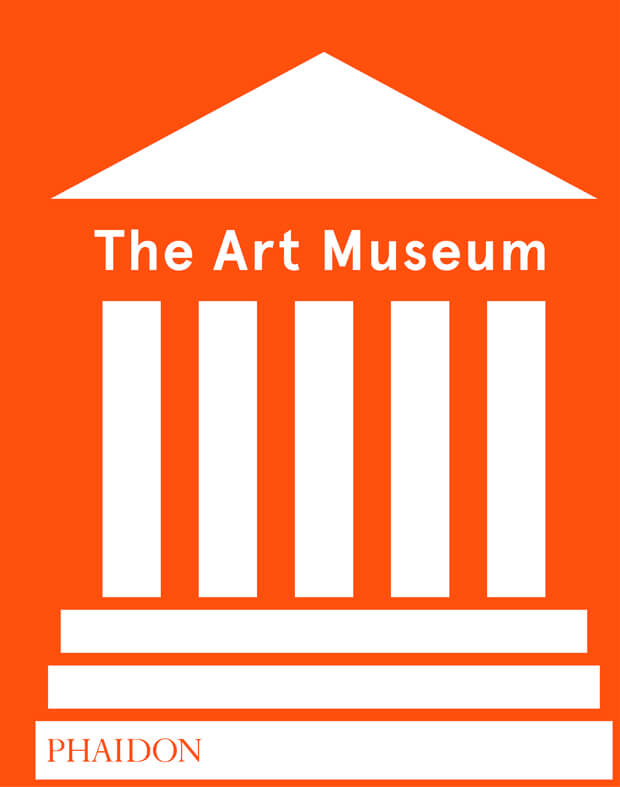
Enjoy these works, as well as many more, from ancient cave paintings, through to pieces by Picasso, Warhol, Damien Hirst and many more in The Art Museum. Order your copy here.